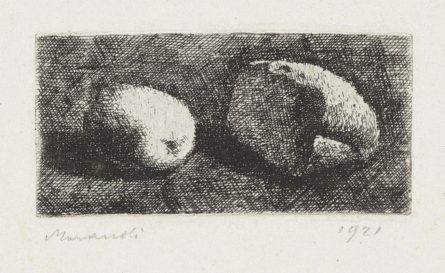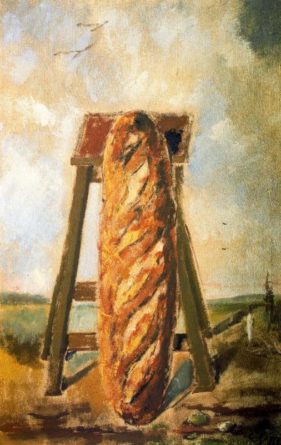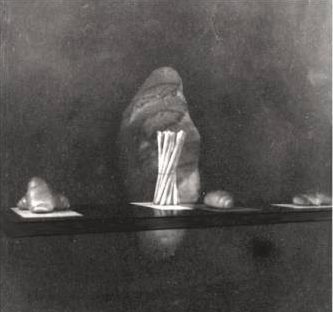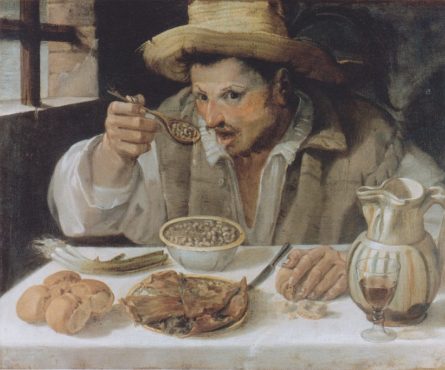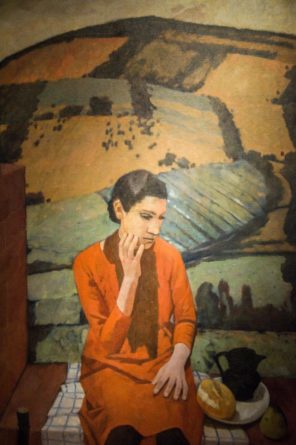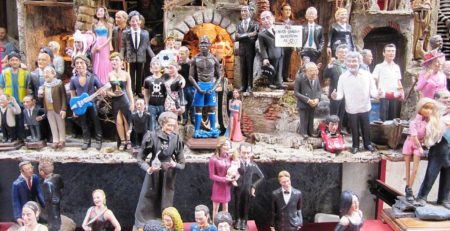PANE DI ALTAMURA: WHAT’S SO SPECIAL ABOUT BREAD?

The National Italian American Foundation (NIAF) hosted their annual New York gala dinner with some of America’s most important politicians and prestigious Italian Americans. Despite the occasion’s formality and fine expertise in the curation and catering, there was a particularly humble guest of honor called pane di Altamura.
At every table was a bread basket filled to the brim with the flavorful Apulian product called Altamura. The bread was the featured product for this year’s gala celebrating Puglia, a NIAF gala tradition of featuring different regions of Italy as a Region of Honor.
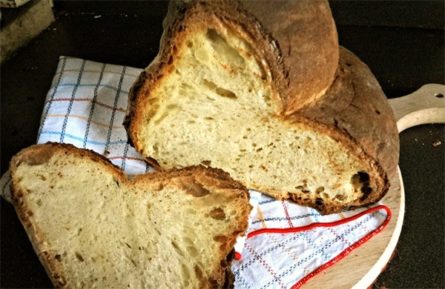
Pane di Altamura is a typical bread found in Puglia originating in a town in the inland of Bari, on the plateau of Murge. For centuries this bread has been produced, which in the local dialect is called “U sckuanète,” in large batches. The bread stays quite fresh for consecutive days and was the basis of the peasants and shepherds’ diets during the longer periods of work away from home.
But its featured place at the gala begs the question, why bread? Bread, that commonplace, every household worldwide staple, what’s so special about bread?
The strong and unique taste of the bread has now become a European Union DOP product in 2003, meaning there are specific baking regulations to follow if you want to sell your bread as an Altamura loaf. Traditionally, the dough was prepared in the home, while the cooking took place in the public ovens, where each loaf was branded with the initials of its owner. A social ritual that helped forge a community around one of its fundamental products.
And bread holds an extremely dear part to the Italian culture’s heart acting as a standard for every meal. It represents not only a material nutrition but also, the metaphysical nutrition of the soul in the Catholic church. Its few ingredients render it a natural product and represent one of the oldest of Italian technologies, it is an everyday object yet dressed up for special occasions (see Naple’s Casatiello).
Italy, like many countries, has a very tumultuous history. Even today, the nation is barely Italy but instead a territory of provincial diversity stitched together. While this is extremely important for the continuation of local culture and traditions, the socio-political is stability of Italy is affected.
Few non-Italians know, but Italy’s cuisine is extremely diverse too. Sina Sajadmanesh, of Sharif University of Technology in Iran, and his team of researchers published a study in Technology Review (2016), which examines the relationship between diversity of cuisine and longer life expectancy. Besides countries with high current or past immigrant communities, the small country of Italy was high on the list and the most diverse in Europe. With a country of such diverse menu, bread on every table is a symbolic source of unity.
